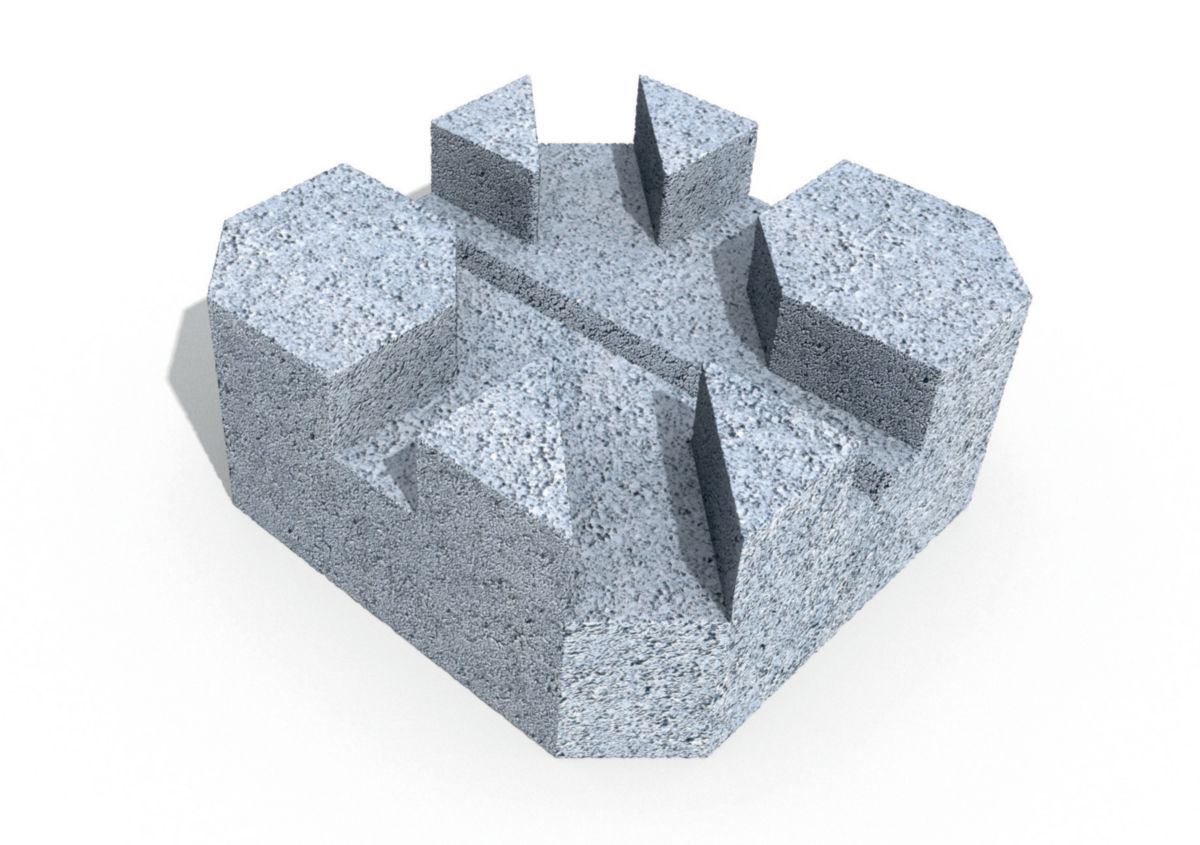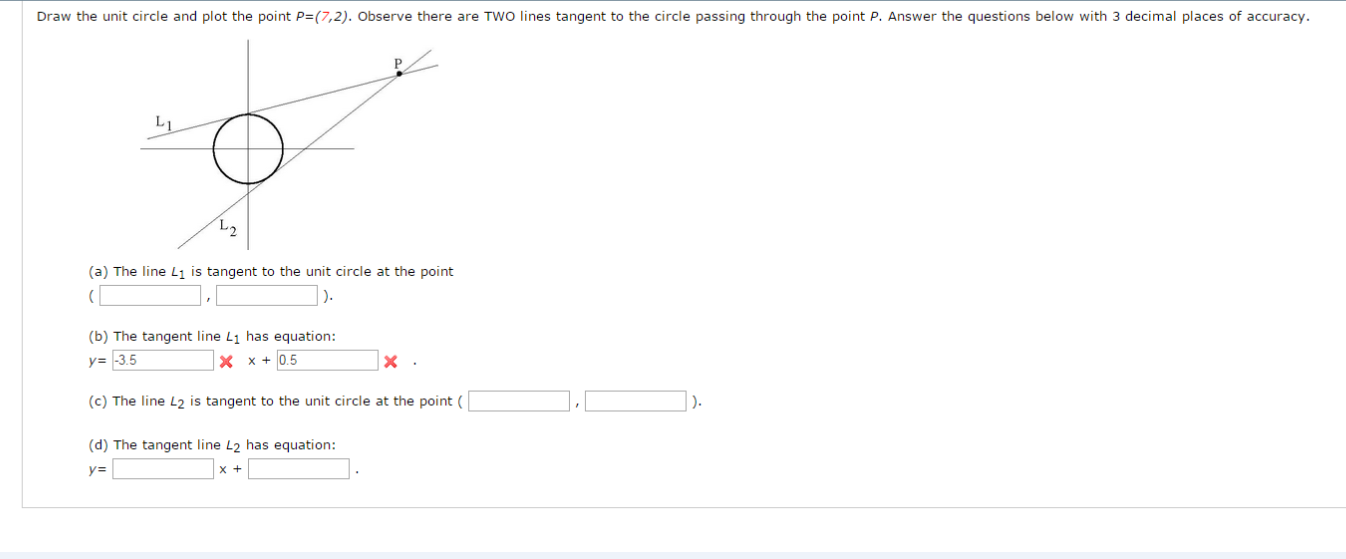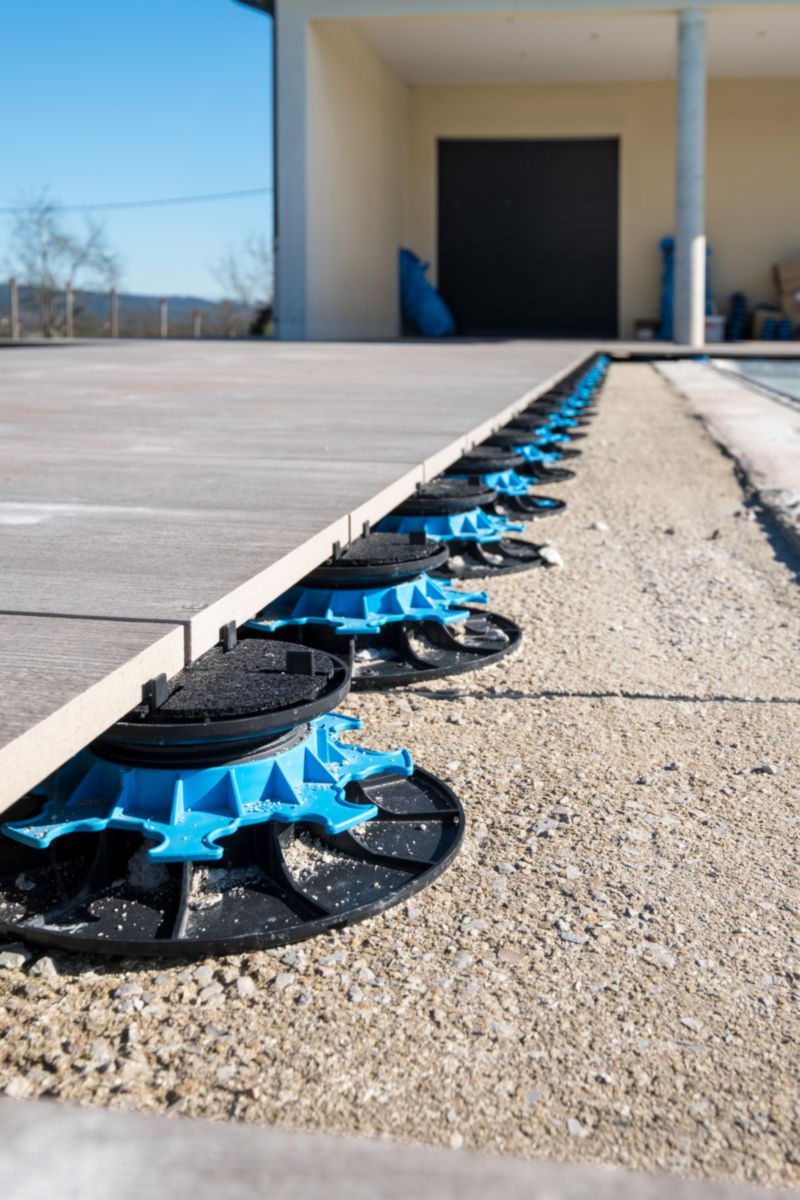Plots Béton Point P
Generic X-Y Plotting
Generic function for plotting of R objects. For more details about the graphical parameter arguments, see par.
This plot is a simple point A to point B and back to point A plot. The protagonist sets off on a journey, only to return to his or her starting point having gained wisdom and experience (and sometimes treasure too). Paulo Coelho's The Alchemist is a beloved contemporary illustration of this plot. How to Outline a Story Plot: Three-Act Structure. Question 1003804: Consider the point P(6, −2). (a) Plot the image of the point with respect to the y-axis. (b) Plot the image of the point with respect to the x-axis. (c) Plot the image of the point with respect to the origin. Answer by MathLover1(17568) (Show Source): You can put this solution on YOUR website!
For simple scatter plots, plot.default will be used. However, there are plot methods for many R objects, including functions, data.frames, density objects, etc. Use methods(plot) and the documentation for these.
- Keywords
- hplot
Usage
Arguments
the coordinates of points in the plot. Alternatively, a single plotting structure, function or any R object with a plot method can be provided.
the y coordinates of points in the plot, optional if x is an appropriate structure.
Arguments to be passed to methods, such as graphical parameters (see par). Many methods will accept the following arguments:
typewhat type of plot should be drawn. Possible types are
'p'for points,'l'for lines,'b'for both,'c'for the lines part alone of'b','o'for both ‘overplotted’,'h'for ‘histogram’ like (or ‘high-density’) vertical lines,'s'for stair steps,'S'for other steps, see ‘Details’ below,'n'for no plotting.
types give a warning or an error; using, e.g., type = 'punkte' being equivalent to type = 'p' for S compatibility. Note that some methods, e.g.plot.factor, do not accept this.main
an overall title for the plot: see title.
suba sub title for the plot: see title.
xlaba title for the x axis: see title.
ylaba title for the y axis: see title.
aspthe (y/x) aspect ratio, see plot.window.
Details
The two step types differ in their x-y preference: Going from ((x1,y1)) to ((x2,y2)) with (x1 < x2), type = 's' moves first horizontal, then vertical, whereas type = 'S' moves the other way around.
See Also
plot.default, plot.formula and other methods; points, lines, par. For thousands of points, consider using smoothScatter() instead of plot().
For X-Y-Z plotting see contour, persp and image.
Aliases
- plot
Examples
library(graphics)# NOT RUN {require(stats) # for lowess, rpois, rnormplot(cars)lines(lowess(cars))plot(sin, -pi, 2*pi) # see ?plot.function## Discrete Distribution Plot:plot(table(rpois(100, 5)), type = 'h', col = 'red', lwd = 10, main = 'rpois(100, lambda = 5)')## Simple quantiles/ECDF, see ecdf() {library(stats)} for a better one:plot(x <- sort(rnorm(47)), type = 's', main = 'plot(x, type = 's')')points(x, cex = .5, col = 'dark red')# }Community examples
```r # Plot with multiple lines in different color: plot(sin,-pi, 4*pi, col = 'red') plot(cos,-pi, 4*pi, col = 'blue', add = TRUE) ```
```r ## Plot with multiple lines in different color: plot(sin,-pi, 4*pi, col = 'red') plot(cos,-pi, 4*pi, col = 'blue', add = TRUE) ```
plot(basedata1$iq, basedata$read_ab, main='Diagrama de Dispersión', xlab = 'read_ab', ylab = 'iq')
## Linear Regression ExamplePlot points and add linear regression model line:```rlinreg <- lm(dist ~ speed, cars)linreg_coeffs <- coef(linreg)lineq <- paste('distance = ', linreg_coeffs[2], ' * speed + ', linreg_coeffs[1])plot(cars, main = 'Car distance by speed', sub = lineq, xlab = 'speed', ylab = 'distance', pch = 19)abline(linreg, col = 'blue')```
Pass a numeric vector to the `x` and `y` arguments, and you get a scatter plot. The `main` argument provides a [`title()`](https://www.rdocumentation.org/packages/graphics/topics/title). ```{r} plot(1:100, (1:100) ^ 2, main = 'plot(1:100, (1:100) ^ 2)') ``` If you only pass a single argument, it is interpreted as the `y` argument, and the `x` argument is the sequence from 1 to the length of `y`. ```{r} plot((1:100) ^ 2, main = 'plot((1:100) ^ 2)') ``` `cex` ('character expansion') controls the size of points. `lwd` controls the line width. `pch` controls the shape of points - you get 25 symbols to choose from, as well as alphabetic characters. `col` controls the color of the points. When `pch` is `21:25`, the points also get a background color which is set using `bg`. [`points()`](https://www.rdocumentation.org/packages/graphics/topics/points) for more on how to change the appearance of points in a scatter plot. ```{r} plot( 1:25, cex = 3, lwd = 3, pch = 1:25, col = rainbow(25), bg = c(rep(NA, 20), terrain.colors(5)), main = 'plot(1:25, pch = 1:25, ...)' ) ``` If you specify `type = 'l'`, you get a line plot instead. See [`plot.default()`](https://www.rdocumentation.org/packages/graphics/topics/plot.default) for a demonstration of all the possible values for type. ```{r} plot( (1:100) ^ 2, type = 'l', main = 'plot((1:100) ^ 2, type = 'l')' ) ``` `lty` controls the line type. `col` and `lwd` work in the same way as with points. [`lines()`](https://www.rdocumentation.org/packages/graphics/topics/lines) for more on how to change the appearance of lines in a line plot. ```{r} plot( (1:100) ^ 2, type = 'l', lty = 'dashed', lwd = 3, col = 'chocolate', main = 'plot((1:100) ^ 2, type = 'l', lty = 'dashed', ...)' ) ``` It is best practise to keep your `x` and `y` variables together, rather than as separate variables. ```{r} with( cars, plot(speed, dist, main = 'with(cars, plot(speed, dist))') ) ``` The formula interface, similar to modeling functions like [`lm()`](https://www.rdocumentation.org/packages/stats/topics/lm), makes this convenient. See [`plot.formula()`](https://www.rdocumentation.org/packages/graphics/topics/plot.formula) for more information. ```{r} plot( dist ~ speed, data = cars, main = 'plot(dist ~ speed, data = cars)' ) ``` If you pass a two column data frame or matrix then the columns are treated as the x and y values. So in this case, you can simply do: ```{r} plot(cars, main = 'plot(cars)') ``` The [`lines()`](https://www.rdocumentation.org/packages/graphics/topics/lines), [`points()`](https://www.rdocumentation.org/packages/graphics/topics/points) and [`title()`](https://www.rdocumentation.org/packages/graphics/topics/title) functions add lines, points and titles respectively to an existing plot. ```{r} plot(cars) lines(lowess(cars)) title('plot(cars); lines(lowess(cars))') ``` If the `x` variable is categorical, `plot()` knows to draw a box plot instead of a scatter plot. See [`boxplot()`](https://www.rdocumentation.org/packages/graphics/topics/boxplot) for more information on drawing those. ```{r} with( sleep, plot(group, extra, main = 'with(sleep, plot(group, extra))') ) ``` Again, the formula interface can be useful here. ```{r} plot(extra ~ group, sleep, main = 'plot(extra ~ group, sleep)') ``` Axis limits can be set using `xlim` and `ylim`. ```{r} plot( (1:100) ^ 2, xlim = c(-100, 200), ylim = c(2500, 7500), main = 'plot((1:100) ^ 2, xlim = c(-100, 200), ylim = c(2500, 7500))' ) ``` You can set log-scale axes using the `log` argument. ```{r} plot( exp(1:10), 2 ^ (1:10), main = 'plot(exp(1:10), 2 ^ (1:10))' ) plot( exp(1:10), 2 ^ (1:10), log = 'x', main = 'plot(exp(1:10), 2 ^ (1:10), log = 'x')' ) plot( exp(1:10), 2 ^ (1:10), log = 'y', main = 'plot(exp(1:10), 2 ^ (1:10), log = 'y')' ) plot( exp(1:10), 2 ^ (1:10), log = 'xy', main = 'plot(exp(1:10), 2 ^ (1:10), log = 'xy')' ) ``` If you pass a table of counts for a vector, `plot()` draws a simple histogram-like plot. See [`hist()`](https://www.rdocumentation.org/packages/graphics/topics/hist) for a more comprehensive histogram function. ```{r} plot( table(rpois(100, 5)), main = 'plot(table(rpois(100, 5)))' ) ``` For multi-dimensional tables, you get a mosaic plot. See [`mosaicplot()`](https://www.rdocumentation.org/packages/graphics/topics/mosaicplot) for more information. ```{r} plot( table(X = rpois(100, 5), Y = rbinom(100, 10, 0.75)), main = 'plot(table(X = rpois(100, 5), Y = rbinom(100, 10, 0.75)))' ) ``` You can also pass functions to plot. See [`curve()`](https://www.rdocumentation.org/packages/graphics/topics/curve) for more examples. ```{r} plot( sin, from = -pi, to = 2 * pi, main = 'plot(sin, from = -pi, to = 2 * pi)' ) ``` Use the axis function to give fine control over how the axes are created. See [`axis()`](https://www.rdocumentation.org/packages/graphics/topics/axis) and [`Axis()`](https://www.rdocumentation.org/packages/graphics/topics/Axis) for more info. ```{r} plot( sin, from = -pi, to = 2 * pi, axes = FALSE, main = 'plot(sin, axes = FALSE, ...); axis(1, ...); axis(2)' ) axis( 1, # bottom axis pi * (-1:2), c(expression(-pi), 0, expression(pi), expression(2 * pi)) ) axis(2) # left axis ``` Further graphical parameters can be set using [`par()`](https://www.rdocumentation.org/packages/graphics/topics/par). See [`with_par()`](https://www.rdocumentation.org/packages/withr/topics/with_par) for the best way to use `par()`. ```{r} old_pars <- par(las = 1) # horizontal axis labels plot((1:100) ^ 2, main = 'par(las = 1); plot((1:100) ^ 2)') par(old_pars) # reset parameters ```
- Label points in the scatter plot
- Scatter plots with multiple groups
This article describes how create a scatter plot using R software and ggplot2 package. The function geom_point() is used.
Related Book:
GGPlot2 Essentials for Great Data Visualization in R
mtcars data sets are used in the examples below.
Simple scatter plots are created using the R code below. The color, the size and the shape of points can be changed using the function geom_point() as follow :
Note that, the size of the points can be controlled by the values of a continuous variable as in the example below.
Read more on point shapes : ggplot2 point shapes
The function geom_text() can be used :
Read more on text annotations : ggplot2 - add texts to a plot
Add regression lines
The functions below can be used to add regression lines to a scatter plot :
- geom_smooth() and stat_smooth()
- geom_abline()
geom_abline() has been already described at this link : ggplot2 add straight lines to a plot.
Only the function geom_smooth() is covered in this section.
A simplified format is :
- method : smoothing method to be used. Possible values are lm, glm, gam, loess, rlm.
- method = “loess”: This is the default value for small number of observations. It computes a smooth local regression. You can read more about loess using the R code ?loess.
- method =“lm”: It fits a linear model. Note that, it’s also possible to indicate the formula as formula = y ~ poly(x, 3) to specify a degree 3 polynomial.
- se : logical value. If TRUE, confidence interval is displayed around smooth.
- fullrange : logical value. If TRUE, the fit spans the full range of the plot
- level : level of confidence interval to use. Default value is 0.95
Change the appearance of points and lines
This section describes how to change :
- the color and the shape of points
- the line type and color of the regression line
- the fill color of the confidence interval
Note that a transparent color is used, by default, for the confidence band. This can be changed by using the argument alpha : geom_smooth(fill=“blue”, alpha=1)
Read more on point shapes : ggplot2 point shapes
Read more on line types : ggplot2 line types
This section describes how to change point colors and shapes automatically and manually.
Change the point color/shape/size automatically
In the R code below, point shapes, colors and sizes are controlled by the levels of the factor variable cyl :
Add regression lines
Regression lines can be added as follow :
Note that, you can also change the line type of the regression lines by using the aesthetic linetype = cyl.
The fill color of confidence bands can be changed as follow :
Change the point color/shape/size manually
The functions below are used :
- scale_shape_manual() for point shapes
- scale_color_manual() for point colors
- scale_size_manual() for point sizes
It is also possible to change manually point and line colors using the functions :
- scale_color_brewer() : to use color palettes from RColorBrewer package
- scale_color_grey() : to use grey color palettes
Read more on ggplot2 colors here : ggplot2 colors
The function geom_rug() can be used :
sides : a string that controls which sides of the plot the rugs appear on. Allowed value is a string containing any of “trbl”, for top, right, bottom, and left.
The functions geom_density_2d() or stat_density_2d() can be used :
Read more on ggplot2 colors here : ggplot2 colors
The function stat_ellipse() can be used as follow:
The number of observations is counted in each bins and displayed using any of the functions below :

- geom_bin2d() for adding a heatmap of 2d bin counts
- stat_bin_2d() for counting the number of observation in rectangular bins
- stat_summary_2d() to apply function for 2D rectangular bins
The simplified formats of these functions are :
- geom : geometrical object to display the data
- bins : Number of bins in both vertical and horizontal directions. The default value is 30
- fun : function for summary
The data sets diamonds from ggplot2 package is used :
Change the number of bins :
Or specify the width of bins :
Step 1/3. Create some data :

Step 2/3. Create the plots :
Create a blank placeholder plot :

Step 3/3. Put the plots together:
To put multiple plots on the same page, the package gridExtra can be used. Install the package as follow :
Arrange ggplot2 with adapted height and width for each row and column :
Read more on how to arrange multiple ggplots in one page : ggplot2 - Easy way to mix multiple graphs on the same page
Change colors manually :
Read more on ggplot2 colors here : ggplot2 colors
This analysis has been performed using R software (ver. 3.2.4) and ggplot2 (ver. 2.1.0)
Show me some love with the like buttons below... Thank you and please don't forget to share and comment below!!
Montrez-moi un peu d'amour avec les like ci-dessous ... Merci et n'oubliez pas, s'il vous plaît, de partager et de commenter ci-dessous!
Recommended for You!
More books on R and data science
Recommended for you
This section contains best data science and self-development resources to help you on your path.
Coursera - Online Courses and Specialization
Data science
- Course: Machine Learning: Master the Fundamentals by Standford
- Specialization: Data Science by Johns Hopkins University
- Specialization: Python for Everybody by University of Michigan
- Courses: Build Skills for a Top Job in any Industry by Coursera
- Specialization: Master Machine Learning Fundamentals by University of Washington
- Specialization: Statistics with R by Duke University
- Specialization: Software Development in R by Johns Hopkins University
- Specialization: Genomic Data Science by Johns Hopkins University
Popular Courses Launched in 2020
- Google IT Automation with Python by Google
- AI for Medicine by deeplearning.ai
- Epidemiology in Public Health Practice by Johns Hopkins University
- AWS Fundamentals by Amazon Web Services
Plot Beton Terrasse Point P
Trending Courses
- The Science of Well-Being by Yale University
- Google IT Support Professional by Google
- Python for Everybody by University of Michigan
- IBM Data Science Professional Certificate by IBM
- Business Foundations by University of Pennsylvania
- Introduction to Psychology by Yale University
- Excel Skills for Business by Macquarie University
- Psychological First Aid by Johns Hopkins University
- Graphic Design by Cal Arts
Books - Data Science
Our Books
- Practical Guide to Cluster Analysis in R by A. Kassambara (Datanovia)
- Practical Guide To Principal Component Methods in R by A. Kassambara (Datanovia)
- Machine Learning Essentials: Practical Guide in R by A. Kassambara (Datanovia)
- R Graphics Essentials for Great Data Visualization by A. Kassambara (Datanovia)
- GGPlot2 Essentials for Great Data Visualization in R by A. Kassambara (Datanovia)
- Network Analysis and Visualization in R by A. Kassambara (Datanovia)
- Practical Statistics in R for Comparing Groups: Numerical Variables by A. Kassambara (Datanovia)
- Inter-Rater Reliability Essentials: Practical Guide in R by A. Kassambara (Datanovia)
Others
- R for Data Science: Import, Tidy, Transform, Visualize, and Model Data by Hadley Wickham & Garrett Grolemund
- Hands-On Machine Learning with Scikit-Learn, Keras, and TensorFlow: Concepts, Tools, and Techniques to Build Intelligent Systems by Aurelien Géron
- Practical Statistics for Data Scientists: 50 Essential Concepts by Peter Bruce & Andrew Bruce
- Hands-On Programming with R: Write Your Own Functions And Simulations by Garrett Grolemund & Hadley Wickham
- An Introduction to Statistical Learning: with Applications in R by Gareth James et al.
- Deep Learning with R by François Chollet & J.J. Allaire
- Deep Learning with Python by François Chollet
Want to Learn More on R Programming and Data Science?
Follow us by EmailOn Social Networks:
Plots Bé Ton Point Power Station
Click to follow us on Facebook and Google+ :
Comment this article by clicking on 'Discussion' button (top-right position of this page)